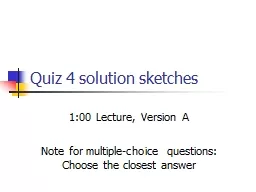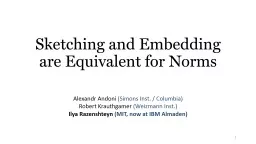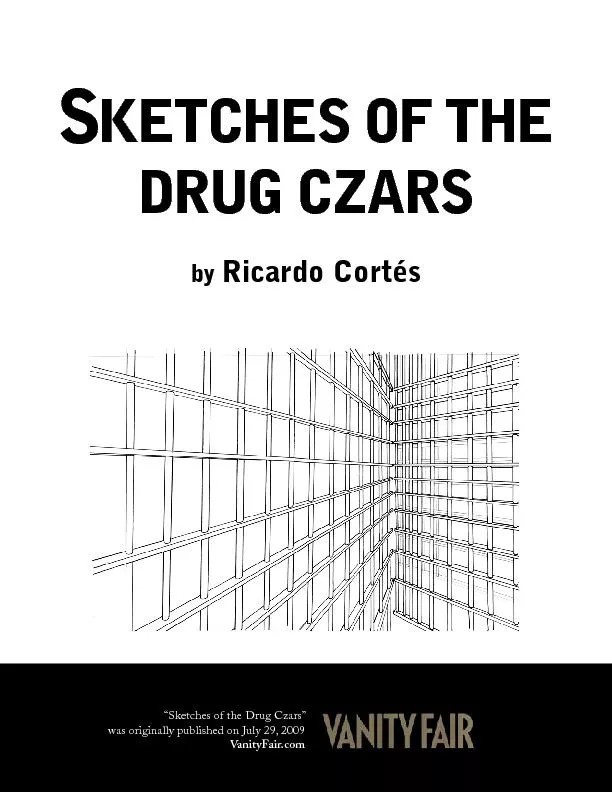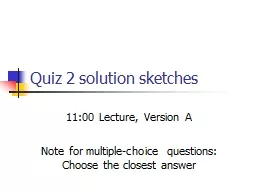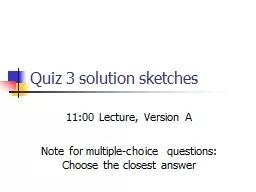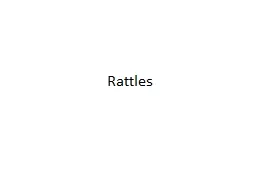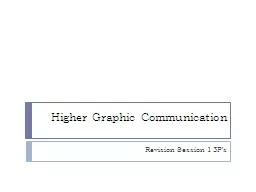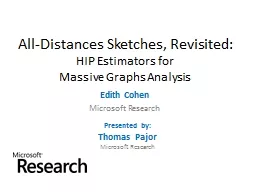PPT-Quiz 4 solution sketches
Author : danika-pritchard | Published Date : 2016-12-16
100 Lecture Version A Note for multiplechoice questions Choose the closest answer PV of Perpetuity If Alexia receives 1000 per year forever starting nine months
Presentation Embed Code
Download Presentation
Download Presentation The PPT/PDF document "Quiz 4 solution sketches" is the property of its rightful owner. Permission is granted to download and print the materials on this website for personal, non-commercial use only, and to display it on your personal computer provided you do not modify the materials and that you retain all copyright notices contained in the materials. By downloading content from our website, you accept the terms of this agreement.
Quiz 4 solution sketches: Transcript
Download Rules Of Document
"Quiz 4 solution sketches"The content belongs to its owner. You may download and print it for personal use, without modification, and keep all copyright notices. By downloading, you agree to these terms.
Related Documents

